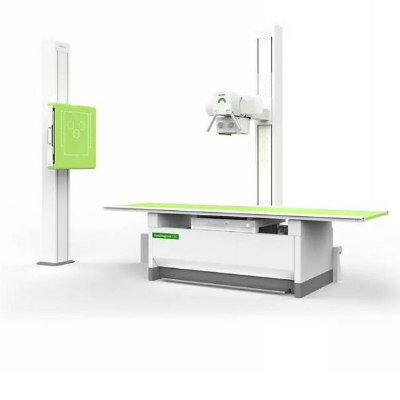Image-Guided Treatment for DVT Could Improve Long-Term Outcomes
By MedImaging International staff writers
Posted on 04 Nov 2009
Deep venous thrombosis (DVT) is a severe condition that involves the formation of a blood clot inside of a deep vein usually in the legs. A patient with DVT is typically treated with anticoagulants (blood thinners); however, researchers have found that image-guided interventional radiology procedures may play a more central role in the long-term treatment of DVT.Posted on 04 Nov 2009
"DVT is estimated to occur in nearly one million persons per year in the United States alone,” said Suresh Vedantham, M.D., from Mallinckrodt Institute of Radiology at the Washington University School of Medicine in St. Louis, MO, USA), U.S. lead investigator of the trial, and lead author of the study. "The anticoagulant treatment method is good at preventing pulmonary emboli, however it does not completely destroy a blood clot or prevent a patient from developing long-term complications--including chronic, daily leg pain, swelling, changes in skin color, and open sores,” said Dr. Vedantham.
The study was published in the October 2009 issue of the American Journal of Roentgenology (AJR). Dr. Vedantham further stated, "Image-guided pharmacomechanical catheter-directed thrombolysis, which until recently has been typically used to treat only the most critical DVT cases, involves the delivery of a clot-busting drug through a catheter-mounted device that also ‘chews' up a clot, eliminating it completely and possibly improving a patient's long-term outcome and preventing future occurrences. If this technique is proven to prevent long-term DVT complications and improve patient outcomes, it only makes sense to use it on many more patients with DVT.”
Dr. Vedantham noted that most patients with DVT are not aware that there are image-guided treatment options available. That is why it is important for referring physicians and radiologists to communicate more because patients can really benefit from these procedures.
"At this time we do not have any definitive proof that image-guided procedures will improve patient outcome in the long-term. However, the NIH [U.S. National Institutes of Health, Bethesda, MD, USA] is now funding a pivotal, national clinical trial (ATTRACT Trial) to see if routine clot removal is the best way to treat DVT. If the trial is positive, it will revolutionize the treatment of DVT,” concluded Dr. Vedantham, the national principal investigator of the trial.
Related Links:
Mallinckrodt Institute of Radiology














